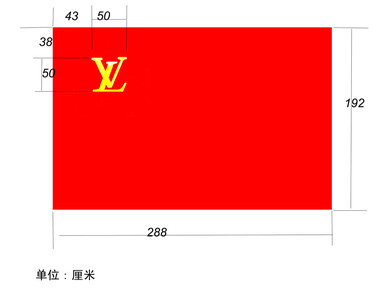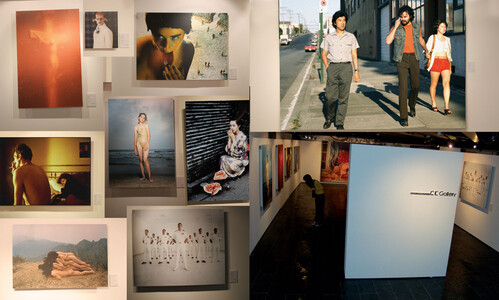Group Exhibition Iberia Center for Contemporary Art, Beijing
The exhibition title is an inspiration from a homonymous poem by the Chinese contemporary poet Ouyang Jianghe, which opens with the metaphor of “sight”: the conceptual penetration of the visual through matter which gives physical shape to everything originally abstract and spiritual.
Glass factory symbolizes a fairy-tale imprisonment of our culture of consumption (fashion window and the shimmering glass wall of skyscrapers), also suggests a new way of viewing typical of this age (camera, video camera and TV). Glass, once a characteristic representation of the medieval church myth, now is building a secular legend with fashion windows for the consumption era. It is exactly the “glass” born from a young urban civilization that is structuring consumptive psychology. The “visible but intangible” nature of consumption goods rooted in visual culture directly impacts every corner of the financial world. Its deceptive transparency infiltrates into the inside of social institution and even the mentality of a community.
“Glass Factory” in a sense is an exhibition that echoes with artists’ conscious pursuit. Thirty years have gone since the “opening-up and reform” of 1979. Various social symptoms seem to have been inventoried in China 2009: the bizarre and spectacular “phenomena” have gone beyond the interpretation of any existing ideas and disciplines, constituting an intricate “context” of the first kind that have ever appeared in human history. When confronted with an enormous picture, our minds tend to blank out due to the unexpected visual “shock”. If the year 2009 was meant to be a juncture point for the end of an age, the pursuit for an expression will naturally arise. It’s necessary for us to employ a new perspective in search for expressions responding to those phenomena. This exhibition attempts to embark in an art institution from an internal survey of art ecology. Unlike the customary emphasis on visuality of a single artwork, “Glass Factory” utilizes a way of working similar to sociology and statistics to install and complete the presentation of art pieces. “Glass” reminds us of the existence of “viewing”, whereas its transparency could lead us to nowhere. Despite of that, we are moving closer to a practical approach that may unveil the nature of glass.
More Pictures:






